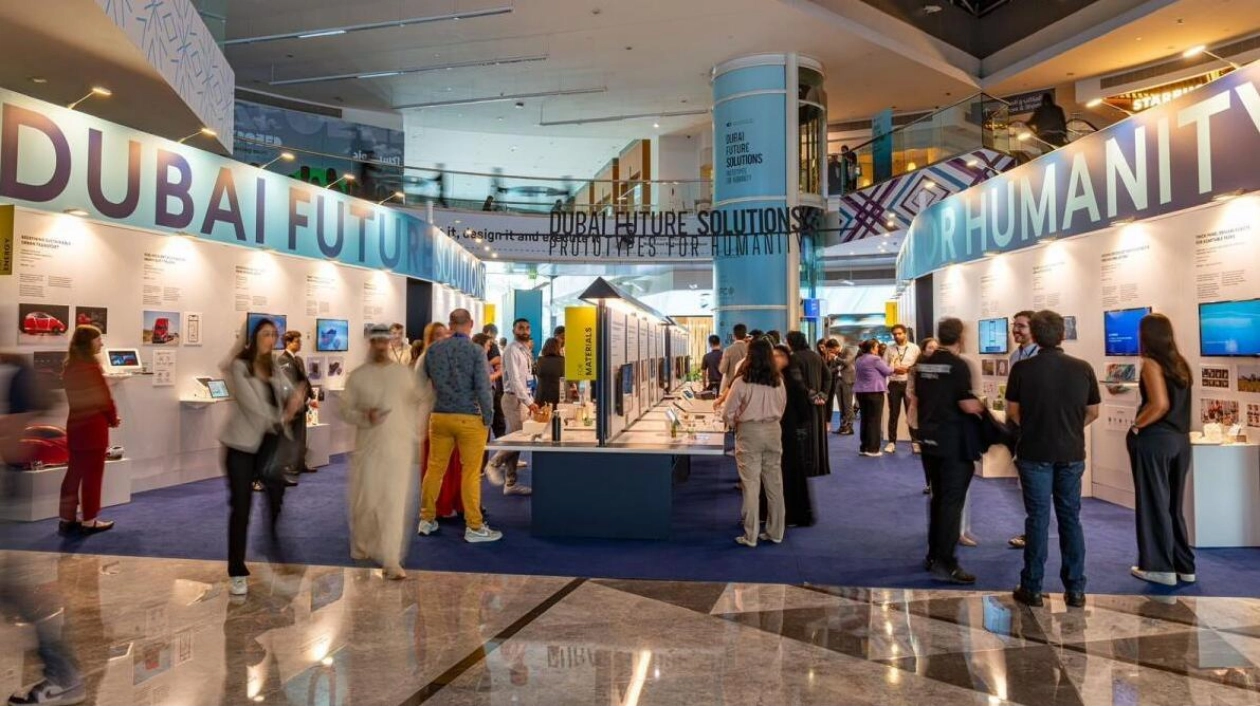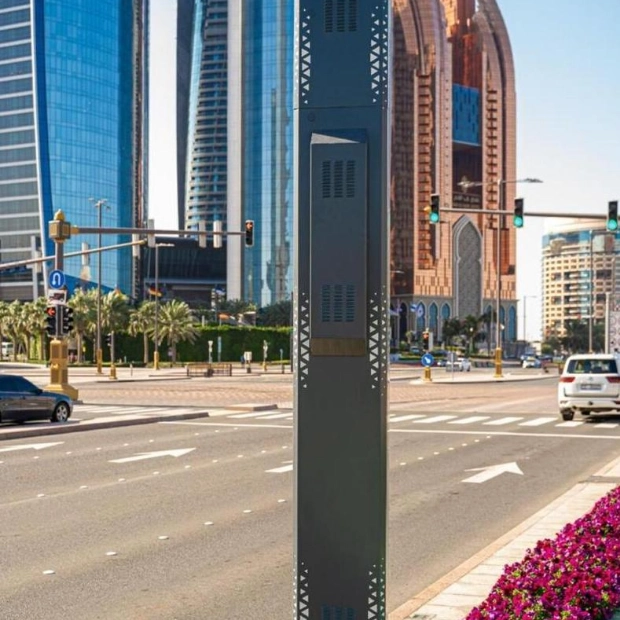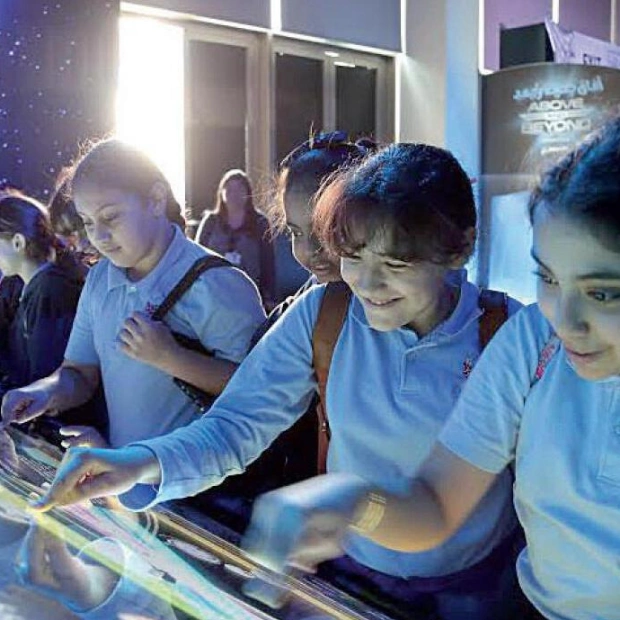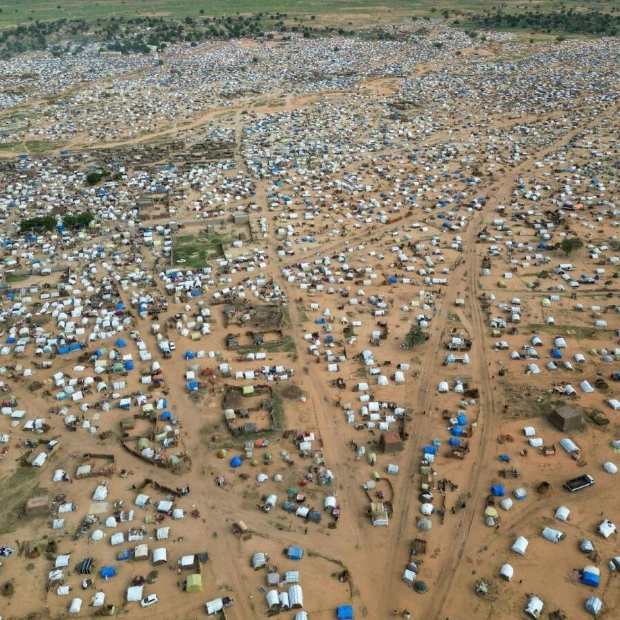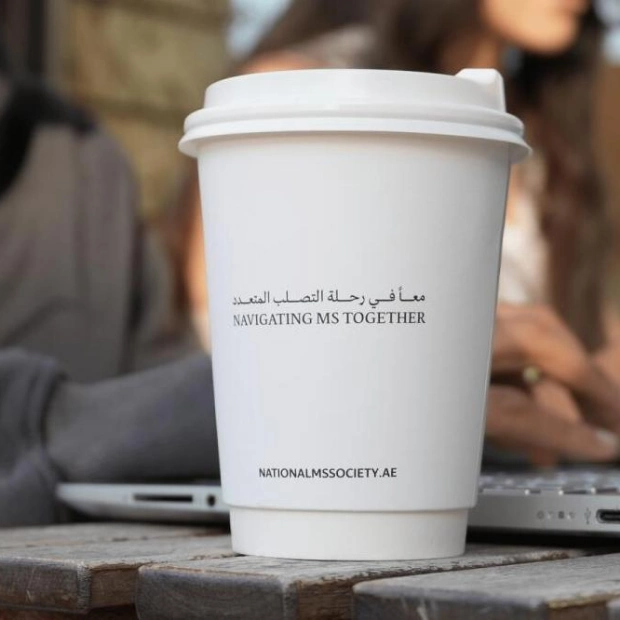A groundbreaking project in the UAE is set to revolutionize the construction sector, while a long-term care initiative aimed at monitoring elderly residents has the potential to significantly impact the country once implemented. Concrete blocks are a fundamental element of modern construction, especially in the UAE, but their production comes with substantial environmental costs due to CO₂ emissions. However, a novel project in the UAE is turning the tide by creating sustainable concrete blocks that absorb carbon dioxide instead of releasing it. This initiative utilizes the UAE’s extensive waste materials, diverting 80% of the block composition from landfills to production lines. Each construction block can absorb up to 500 grams of CO₂ per unit.
Speaking to Khaleej Times during the ongoing Dubai Future Solutions – Prototypes for Humanity 2024, Jad Bawab, a PhD candidate specializing in Concrete Technology at the United Arab Emirates University (UAEU), showcased his prototype ECO2 Block. He explained, “This is an innovative low carbon concrete block utilizing low-cost waste materials abundantly available. Consequently, production costs are reduced by approximately 20%, making the blocks more affordable than traditional alternatives.” He further added, “This innovative process eliminates the need for water and energy during curing, further reducing the environmental footprint. Unlike conventional blocks, these masonry units absorb up to 500 grams of CO₂ per block, transforming a polluting product into a tool for carbon sequestration.”
Bawab highlighted that the initiative directly contributes to the UAE’s ambitious Net Zero 2050 goals by offering a concrete solution with a “40% lower carbon footprint.” This not only reduces emissions during production but also locks carbon inside the blocks, paving the way for greener construction practices. “Our prototype demonstrates how local ingenuity can drive global progress in reducing emissions while addressing the UAE’s growing demand for concrete blocks. A pilot program at UAE University will produce full-scale blocks that meet the country’s rigorous standards for non-load-bearing masonry units. I also wish to thank Dr Hilal El Hassan for his guidance on the project.”
The exhibition showcases cutting-edge innovations and breakthrough projects in key domains such as healthcare, energy, society, nature, and data science. Similarly, another prototype, ElephasCare, addresses staffing and quality challenges in long-term care facilities with an AI-powered radar system specifically designed for the elderly population. Utilizing non-visual radar sensors, the platform continuously monitors residents’ activities.
Hajar Abedi, Chief Scientific Officer (CSO) of ElephasCare, explained, “When we started this project, it originated from my PhD research. From the beginning, we aimed to create a non-visual, non-wearable solution. Visual systems, like cameras, often raise privacy concerns as they can invade personal space. Wearable devices, on the other hand, come with their own set of challenges, especially for older adults. Many seniors are reluctant to use wearables due to the stigma associated with them—they feel it highlights their age or health issues. Additionally, wearables pose practical problems such as the need for frequent charging and managing data storage or transmission.” To address these issues, Hajar envisioned a zero-effort technology, requiring no action from caregivers, users, or facility operators. “That’s why we chose radar technology.”
She emphasized that the solution resembles a Wi-Fi router and can be installed on a wall or any convenient location as long as it can monitor the room. “The radar emits and receives electromagnetic waves, which are then interpreted by AI. Imagine being in a pool: whether you’re swimming, jumping in, or simply floating, the type of waves you create differ. Similarly, this radar detects variations in electromagnetic waves to identify activities like falling, lying down, sitting, or even monitoring vital signs such as breathing,” added the post-doctoral candidate at the University of Waterloo. The range of the radar is adjustable to focus only on the specific area being monitored, ensuring privacy for neighbors or other rooms. “Since electromagnetic waves can penetrate materials, unlike cameras, the radar isn’t obstructed by objects like desks or sofas. This makes it a more effective solution for real-world environments.”
Currently in the commercialization stage, these radars are installed in 150 rooms of a long-term care facility in Waterloo, Canada. “Each room is occupied by a single resident, and we deployed a total of 450 radars to cover the facility effectively. We are keen to venture into the UAE market as well,” added Hajar. Tadeu Baldani Caravieri, Director of Prototypes for Humanity, stated, “Our effort is to connect them (exhibitors) with piloting partners. We wish to produce tangible results out of these ideas. We take them outside the lab environment where they were produced, most of them at PhD level, and test them at a real-world scenario where they can do a pilot. If that pilot is successful, it means that the technology is robust, the industry can use it, and therefore they can become commercially viable in this future. Applicants must have a clear road to market. The way we make the selection is based on our ability to find a meaningful pilot in the series. For example, if one is working with a water purification solution, I can team that person with someone who can pilot that idea. We then invest in that pilot process. So, the selection is very reliant on a committed partner who is part of the local public and private infrastructure.”
Source link: https://www.khaleejtimes.com
